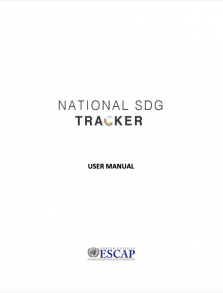
When crises converge: Responding to natural disasters in South Asia during Covid-19
South Asia has been severely impacted by COVID-19 – with more than 20,000 deaths, around one million confirmed cases, and many millions of workers unemployed. The pandemic and the need for social distancing have also constrained the responses to cyclones, floods and other climate-related disasters. Nevertheless, the pandemic also brings opportunities – for directing economic stimulus packages towards investments in disaster-resilient infrastructure and services that will support a greener and more productive future.
COVID-19 has swept the globe. As of June 2020, it had infected more than 11 million people, and killed around 533,000. South Asia accounted for around 8.5 per cent of confirmed cases and 4.2 per cent of the deaths. And the economic fallout arising from lockdowns and social distancing has pushed the sub-region’s economies into recession.
From March 2020, governments across South Asia imposed national lockdowns and other stringent measures to contain the spread of the pandemic and save lives. But this also disruptedsupply chains and caused sudden drops in demand, pushing national economies into recessionary spirals. In South Asia, COVID-19-related measures could drive more than 130 million people into extreme poverty.


